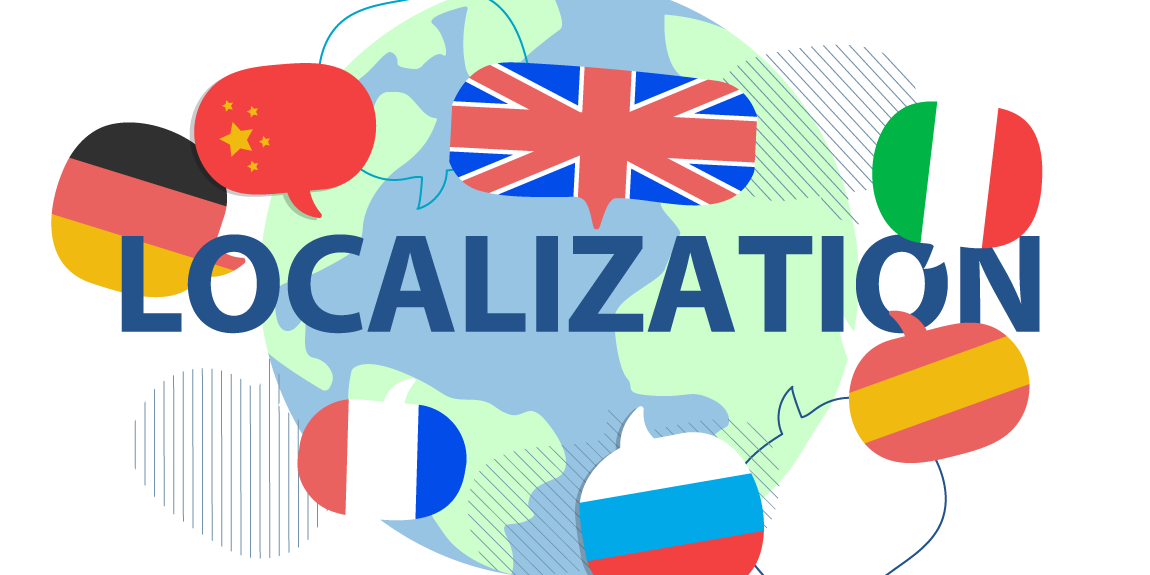
In the era of digital globalization, businesses are venturing into new markets and aiming to connect with diverse audiences worldwide. While localization involves Global adapting content and products for different cultures, an often underestimated aspect is the importance of Multilingual Search Engine Optimization (SEO). Multilingual SEO is the key to unlocking the full potential of localization efforts, ensuring that businesses not only speak the language of their target audience but are also heard amidst the vast digital landscape. In this blog post, we’ll delve into the significance of Multilingual SEO in the context of localization, exploring its impact on visibility, user experience, and ultimately, the success of global expansion strategies.
**1. The Digital Gateway: Understanding Multilingual SEO
Overview:
Multilingual SEO is an extension of traditional SEO practices but tailored to address the nuances of multiple languages and cultural contexts. It involves optimizing digital content, including websites, for search engines in different languages, aiming to enhance visibility and attract organic traffic from diverse linguistic regions.
Why Does it Matter?
- Global Visibility: Multilingual SEO ensures that your content is discoverable by users in their native languages, maximizing visibility on search engine results pages (SERPs).
- Enhanced User Experience: By aligning with local search habits and linguistic nuances, multilingual SEO contributes to a positive user experience, Global driving engagement and conversions.
**2. Capturing Local Search Intent
Challenge:
Understanding the unique search intent of users in different regions is crucial for effective localization. What users search for and how they phrase Global queries can vary significantly across languages and cultures.
Multilingual SEO Solution:
- Keyword Research: Conduct thorough keyword research for each target language, identifying the terms and phrases that resonate with local audiences.
- Localized Content: Create content that not only translates language accurately but also aligns with the cultural context and addresses specific needs and interests.
Case Study: Booking.com
Booking.com is a prime example of a platform that excels in capturing local search intent. The travel website optimizes its content for various languages and regions, ensuring that Global users searching for accommodations find relevant results that match their linguistic and cultural preferences.
**3. Navigating Linguistic and Cultural Nuances
Challenge:
Languages are not interchangeable, and cultural nuances significantly impact the way people search for information. Direct translations may miss the mark in capturing these subtleties.
Multilingual SEO Solution:
- Localization of Meta Tags: Craft culturally relevant meta titles and descriptions that resonate with the target audience.
- Cultural Sensitivity in Content: Ensure that the content aligns with local customs, cultural references, and sensitivities to create a more authentic connection.
Case Study: Coca-Cola
Coca-Cola has successfully navigated linguistic and cultural nuances in its global marketing efforts. The brand adapts its slogans and campaigns to fit seamlessly into different cultural Global contexts, allowing it to connect with Global diverse audiences worldwide.
**4. Optimizing for Local Search Engines
Challenge:
While Google dominates in many regions, some countries have their own prominent search engines. Optimizing for local search engines is essential for comprehensive market coverage.
Multilingual SEO Solution:
- Research Local Search Engines: Identify the primary search engines in the target regions and understand their algorithms and ranking factors.
- Platform-Specific Optimization: Tailor SEO strategies to align with the algorithms and preferences of local search engines.
Case Study: Baidu in China
In China, Baidu is the dominant search engine. Companies seeking success in the Chinese market need to optimize for Baidu’s specific requirements, Global showcasing the importance of adapting SEO strategies to local search engine landscapes.
**5. The Mobile-First Approach

Challenge:
Mobile usage varies globally, with some regions relying heavily on mobile devices for internet access. Ignoring the mobile-first approach can lead to missed opportunities.
Multilingual SEO Solution:
- Mobile-Friendly Websites: Ensure that websites Global are optimized for mobile devices, offering a seamless user experience across different screen sizes.
- Localized Mobile Content: Tailor mobile content to match the preferences and behaviors of users in each region, considering factors like language, design, and functionality.
Case Study: WhatsApp in India
**6. Structured Data Markup for Rich Snippets
Challenge:
Multilingual SEO Solution:
- Hreflang Tags: Use hreflang tags to indicate the language and regional targeting of each page, helping search engines understand the intended audience.
- Localized Schema Markup: Implement schema markup in a way that reflects the content accurately in different languages, providing search engines with context.
Case Study: Wikipedia
Wikipedia utilizes hreflang tags effectively to Global provide content in multiple languages. This ensures that users searching in different languages receive the most relevant Wikipedia page, showcasing the importance of structured data for multilingual SEO.
**7. Geo-Targeting and International SEO
Challenge:
Geo-targeting involves delivering content based on the user’s geographic location. International SEO strategies must balance global reach with localized targeting.
Multilingual SEO Solution:
- Country Code Top-Level Domains (ccTLDs): Use ccTLDs to signal the targeted country or region. For example, .fr for France or .jp for Japan.
- Google Search Console Geotargeting: Leverage Global Google Search Console to specify the target country for each subdomain or subdirectory, enhancing geo-targeting accuracy.
Case Study: Amazon
Amazon employs a sophisticated geo-targeting Global strategy, directing users to the appropriate regional storefront based on their location. This ensures a personalized experience for users while maintaining a global brand presence.
**8. User Experience and Page Load Speed
Challenge:

User experience and page load speed are critical factors in SEO success. Different regions may have varying internet speeds and user expectations.
Multilingual SEO Solution:
- Content Delivery Networks (CDNs): Implement CDNs to across servers strategically, reducing latency and improving page load speed.
- Optimized Images and Media: Compress Global images and media files to ensure faster loading times, catering to users in regions with slower internet connections.
